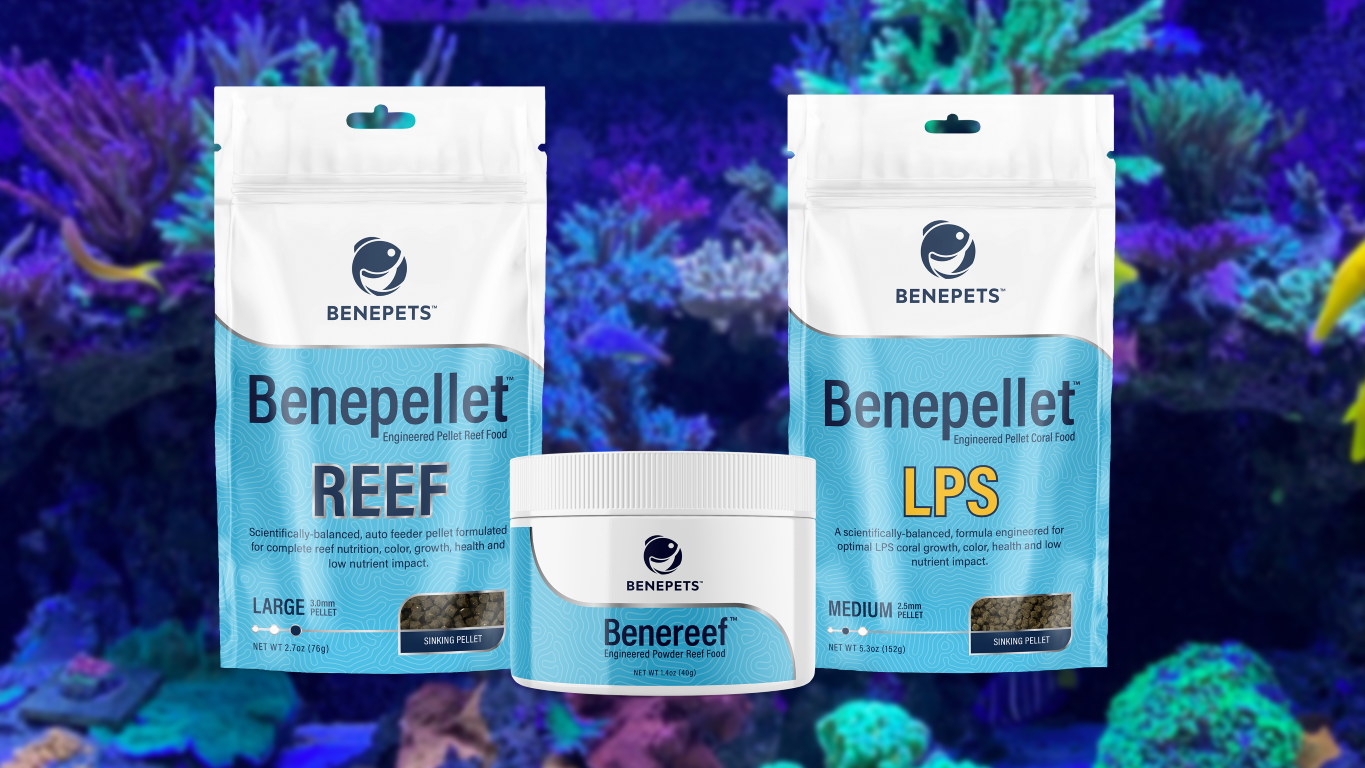
Benepets is known for BeneReef, their pre and probiotic powdered reef food. At the June Aquatic Expo in North Carolina, BenePets announced two new products: one of them is called BenePellet Reef and the other is Benepellet LPS. I would like to thank BenePets for providing me with samples of each of product to perform a 6 week Beta test in one of my systems.
Press Release Info
Benepellet Reef and Benepellet LPS will be currently offered in 3 sizes; 1.7mm, 2.5mm and
3mm pellets and in 3 different sized bags; 1.3oz (38g), 2.7oz (76g) & 5.3oz (152g).
“Benepellet Reef is a pellet form of our tried and trusted powdered food, Benereef”, notes Jeff
Stephenson, Dir. of Operations. “People love reducing the hassle of feeding so this is
specifically designed for auto-feeders but can be manually fed as well.”
“Benepellet LPS is an entirely new formula but still built on the scientifically-balanced, probiotic
Benereef architecture. We just now have targeted it specifically for LPS corals.” Stephenson
continued. “They absolutely devour the food. They love it!”
Test System

I run a 510 gallon system with 7 tanks plumbed together and I tested these pellets in my dedicated 12 gallon Mr. Aqua bookshelf tank that is filled with various large polyp stony corals. The tank contains the following LPS corals that I have been target feeding the 2 types of BenePellet foods. I purely concentrated on the 2 Trachyphyllia geoffroyi since I have historically not had great luck with these in the past since my water parameters and nutrient levels typically target requirements for SPS.
- Acanthophyllia deshayesiana x 3
- Cynarina lacrymalis
- Indophyllia macassarensis
- Scolymia (Homophyllia australis) x 2
- Trachyphyllia geoffroyi x2 <–Focal points
- Button Scolymia x 2
- Acid Hammers – Fimbriaphyllia ancora
- Frogspawn – Fimbriaphyllia divisa
- Caulastrea
- Diaseris Plate Coral
The smaller Trachyphyllia was slowly losing its color since I purchased it so I figured if the food brings this one back to a healthier opaque color it must be working. The suggested Beta Testing procedure was over a 6 week period of daily feeding with BenePellet Reef and 3 times per week of BenePellet LPS. I took pictures and recorded hyperlapse videos of various feedings during this test period. I was also instructed to test weekly for nitrate and phosphate levels.
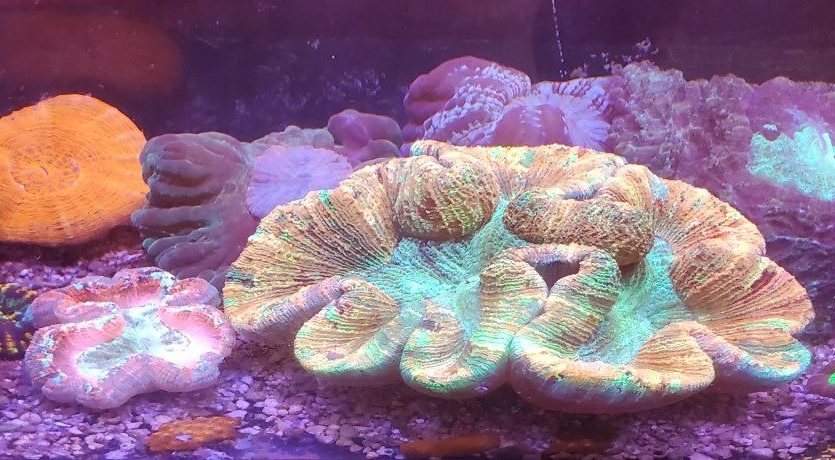
After 1 week of feeding – these Trachyphyllia were originally starting to get pale and seem to be receding.
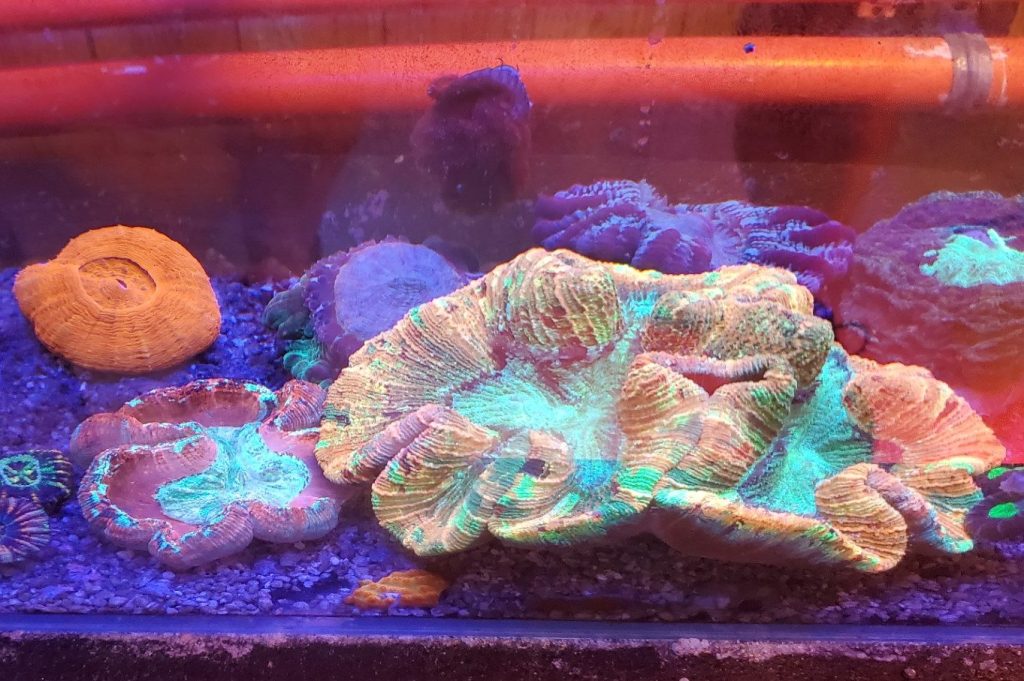
Day 33 – The main thing I observe is the opacity is returning and they are quicker to respond during feedings.
My Observations
Up until now I have always incorporated some type of powdered and pellet food in my DIY frozen food concoction. I have seen the benefits it provided since many corals will consume from particulate matter to larger size pellets. Usually the mouth size will indicate what size foods the corals can accept. Though many of the photosynthetic corals can survive off of full spectrum lighting, they highly benefit from direct feeding as the food provides other nutrients that are limited in a closed environment. These needed elements and amino acids do not always get replenished.
Note that the large Benepellet Reef pellets do sink more readily than the large Benepellet LPS. I would suggest to direct target feed the LPS pellets by hand or presoak them in tank water then feed with a turkey baster. Make sure to turn off any flow pumps to allow the LPS corals time to consume them.
These two products offer a great feeding option. They do not appear to overload the system nutrient parameters for nitrates and phosphates on this daily feeding schedule. The weekly measurements I have taken during this short six week test window was surprising since this was a higher amount of food than I would normally feed during the week.
Once I fed more regularly, I noticed that my corals became more responsive and more opaque in color compared to just weekly target feeding my DIY frozen food. Now, it’s hard to tell if it was from this food or just the increased daily feeding in general. The general conclusion I have from the dedicated feeding schedule with these foods results in more active and more colorful corals in 5-6 weeks. I can only compare them to what they looked like before with just weekly target feeding my DIY frozen food mix.
- BenePets Product Family
- Medium LPS Pellet Size Visual
- Large LPS Pellet Size Visual
- Medium Benepellet Reef Sizes
- Large BenePellet Reef Sizes
- Medium LPS Bag sizes
- Large LPS Bag sizes
Out of all my LPS in this test system the Scolymia (Homophyllia australis) and Button Scolymia were the most active out of the bunch when you watch the Hyperlapse video below.

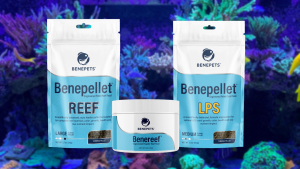
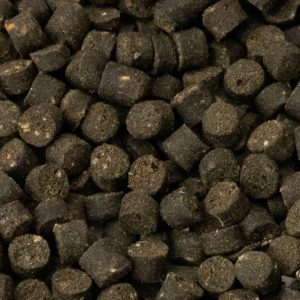
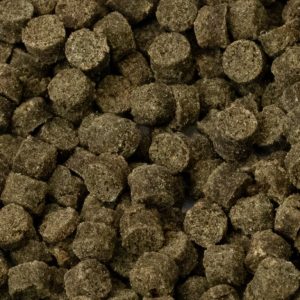
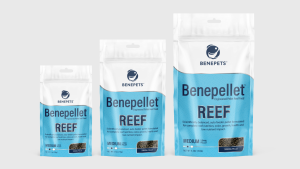
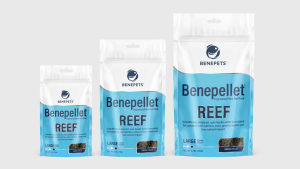
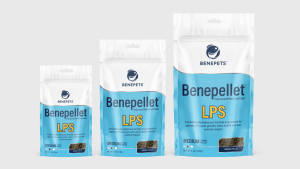
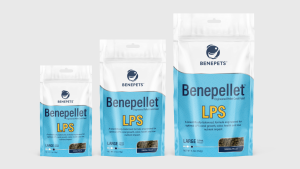








This stuff is terrible, coral rejected, overly priced, better off using regular fish pellets talking about benepellets Reef